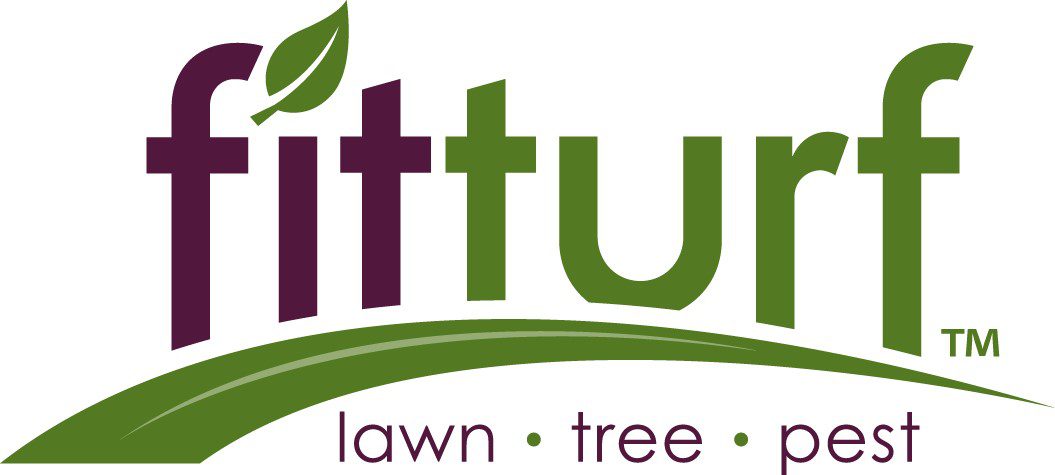Customer Support
303.221.6900Learning Center: Fall Aeration + Over-Seeding
If your lawn is in rough shape after a dry summer, or the grass is beginning to look chronically thin, then aeration and over-seeding can get it looking lush and green again. These lawn care techniques, which are most effective when done in the early fall, work in tandem to grow new, healthy grass on your lawn while also invigorating the old grass. Continue reading to learn more about how aeration and over-seeding can benefit your lawn.
Thatch and Compaction Management
Thatch is a layer of dead and living plant tissue lying between the the grass and the root system, and the soil below. Thatch accumulation blocks air, water and nutrients from seeping down into the root system. A thick layer of thatch also decreases the lawns response to fertilizer, as well as promotes disease and insect infestation in the lawn. The formation of thatch over time is inevitable. Be sure to rake leaves in the fall to prevent further thatch build up, and again in the spring.
Soil Compaction occurs when soil particles are pressed together, reducing pore space between them. Compacted soil has a reduced rate of both water infiltration and drainage, creating a decline in root growth and shoot growth in the turf, and often leaves the lawn with bare areas. This may occur as a result of a high-traffic area on the lawn, such as children and dogs playing, from workers on your property for home improvement, etc.
Core Aeration will reduce soil compaction, help control thatch in the lawn while helping water move into the root zone, and improve root growth. It is important to leave the cores on the lawn, allowing them to work back into the grass. Annual aeration is recommended.
Caring for New Seed
We always recommend seeding following a core aeration, because those holes act as an ideal germination chamber. Once your new seed has been laid, you’ll need to water those areas approximately 10 minutes per zone, 2 times per day for the next 3 weeks. Take into consideration, however, shaded areas may need less while heavily sun exposed areas may require more water. Keep traffic, including children and pets, off the lawn as much as possible until the new grass begins to mature. In bare areas, begin mowing the new grass when it reaches 3″. It’s also very important that the lawn is fertilized around that time, because it aids with the new growth.
If you live in the suburban Denver area and are looking to revitalize your lawn this fall, the technicians at Fit Turf are here to help make it great again. We have extensive lawn care experience and a program that’s right for your needs.

